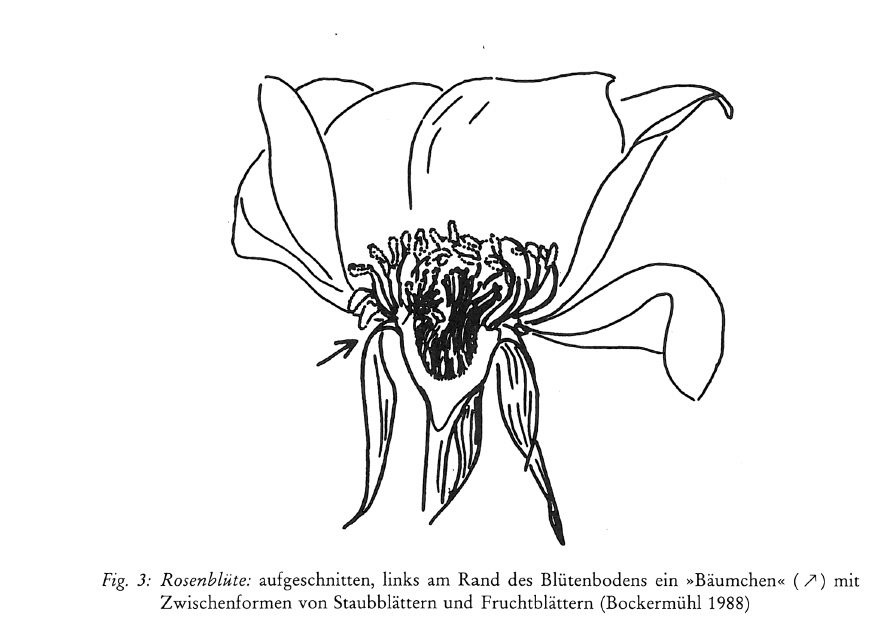Die Zweieinheit von Staub- und Fruchtblatt
Elemente der Naturwissenschaft
56,
1992,
P.
71-78 |
DOI:
10.18756/edn.56.71
Article | Language: German | €6.00
Export Article Citation as
- Plain text
- BibTeX
- RIS format
- Download price : € 6.00
Abstract:
To each other, stamen and pistil are polar and complementary plant organs. The stamen can be understood as a metamorphosis of the leafstem basis, the pistel as a metamorphosis of the leafblade (Lamina). What can be seen spatialy as two different leafforms, is one and the same leaf from a spiritual point of view. Methodologically pistel and stamen have to be understood as one leaf in plant-metamorphosis, contrary to single foliage leaves. Pistel and stamen can not be deduced from each other, but they are interdependent absolutely complernentary. The occasoinal appearance of transitional forms between stamen and pistel need to be thought over again, taking account of the above mentioned thoughts.





